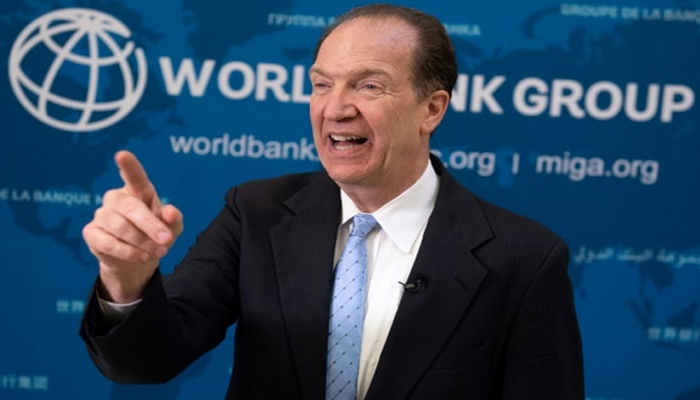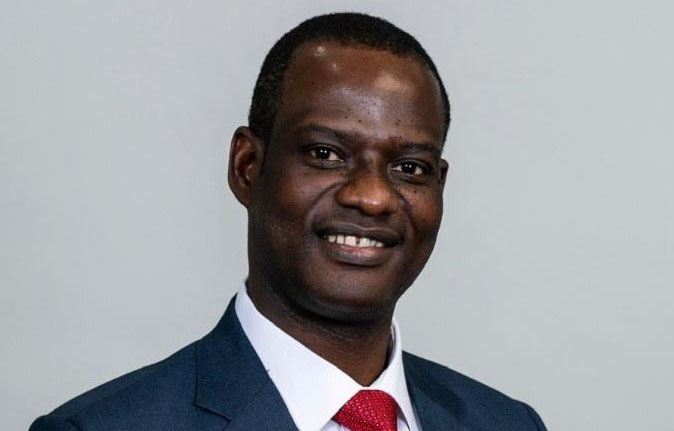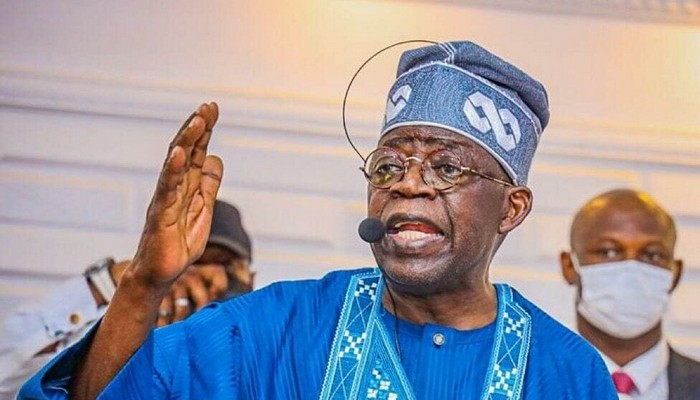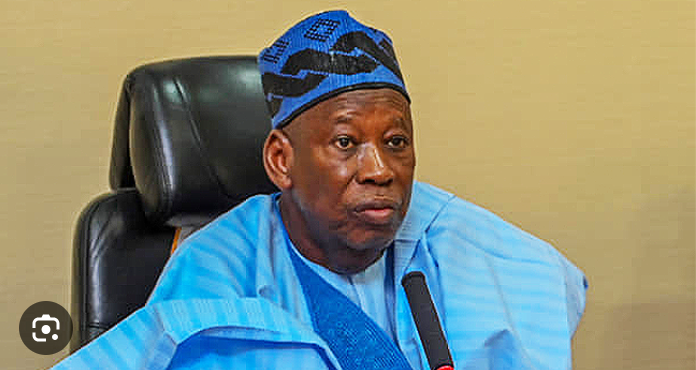COVID-19 increases global use of digital payments – World Bank

The World Bank has discovered that the COVID-19 pandemic caused a large increase in digital payments amid the global expansion of formal financial services.
This created new economic opportunities, narrowing the gender gap in account ownership, and building resilience at the household level to better manage financial shocks, Global Findex 2021 database notes.
In low and middle-income economies (excluding China), according to findings, over 40% of adults who made merchant in-store or online payments using a card, phone, or the internet did so for the first time due to coronavirus.
It is the same for more than a third of adults in all low- and middle-income economies who paid a utility bill directly from a formal account.
Over 80 million adults in India made their first digital merchant payment after the start of the pandemic, while in China over 100 million adults did.
Furthermore, two-thirds of adults worldwide now make or receive a digital payment; the share in developing economies grew from 35% in 2014 to 57% in 2021.
In developing economies, 71% have an account at a bank, other financial institution, or with a mobile money provider, up from 63% in 2017 and 42% in 2011.
World Bank President David Malpass observed that the digital revolution has hiked the use of financial services worldwide, transforming how people make and receive payments, borrow, and save.
The President highlighted some of the policy priorities to mitigate the reversals in development from the ongoing overlapping crises.
Malpass listed the creation of an enabling environment, promotion of digitalization of payments, and broadening of access to formal accounts and financial services among women and the poor.






